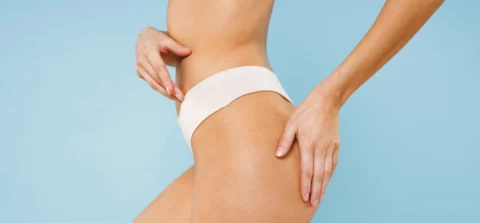Introducing Coolsculpting
Since its FDA approval in 2010 Coolsculpting reached high popularity when it comes to patient choice. What is so great about it is that it is a noninvasive procedure and works by the principle of fat reduction by freezing fat cells. The process of freezing fat cells and their reduction originates from two Harvard dermatologists. They noticed that kids who suck on popsicles develop dimples. So the combination of suction and freezing reduced the number of fat cells. The Coolsculpting procedure is simple and practically risk-free if supervised by an expert. Surgeon marks the area, places transparent gel pad, and then applicator on the area. The suction sucks the excess fat into two cooling panels that numb the area. The cooling panels cannot damage skin, nerves or muscles since they are controlled. The procedure lasts about one hour.
Coolsculpting Results
The results of Coolsculpting usually start being visible within a few weeks after the first treatment. With some patients, it may not be visible for up to q few months. The average time for patients to see first results is three weeks, while for some patients it may take up to eight weeks. After first treatments, the fat is reduced by at least 25%. The most dramatic results are noticeable after approximately eight weeks. What makes Coolsculpting worth the wait is the process itself.
Coolsculpting Side Effects
You can experience slight discomfort during the procedure. Usually, patients complain about the sensation of pinching, feeling intense cold on the treated spots, as well as tingling and aching. These sensations go away with numbness before you know it. After the procedure typical side effects experienced by patients are redness, swelling, itching, or skin irritation. These effects are temporary and usually, resolve within few days. With some people, redness lasts longer, but this is usually connected to skin sensitivity.






